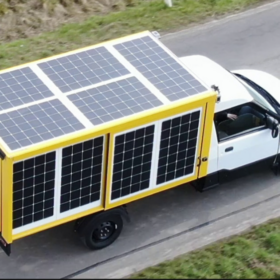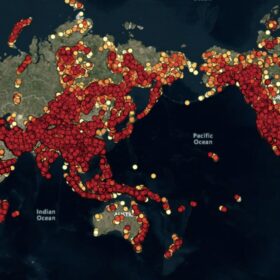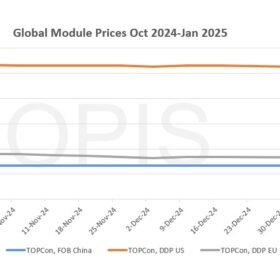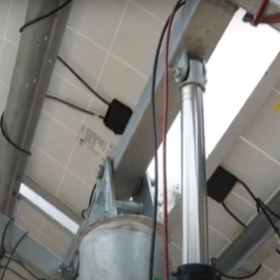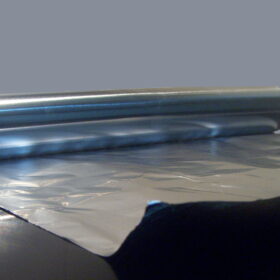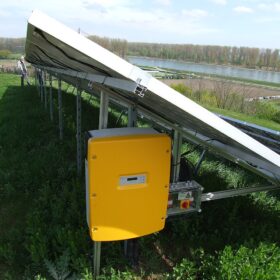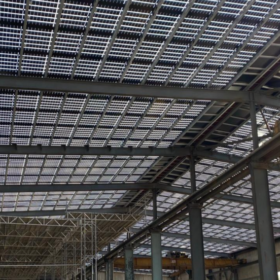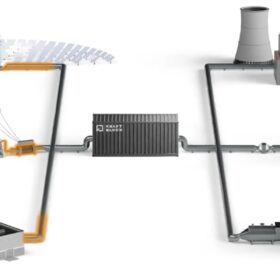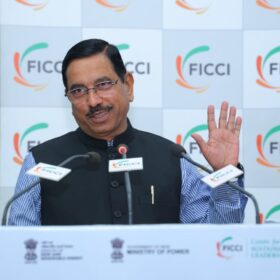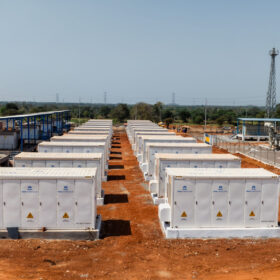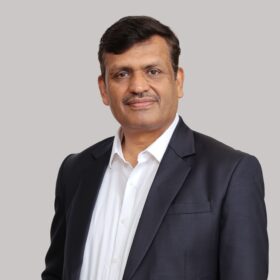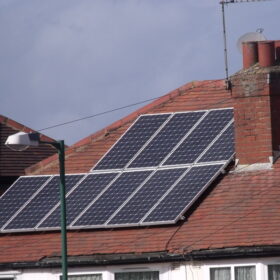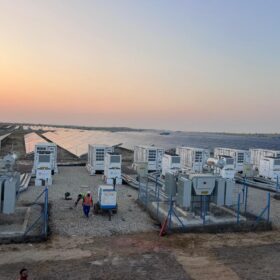PV-powered electric vehicles can have up to 30% higher range
A European research team has installed solar panels on a light commercial electric vehicle and has tested their performance for four months. The vehicle was able to extend the range by 530 km, although not all panels contributed equally. System efficiency was measured at up to 66%.
Australian study shows pumped hydro and batteries can meet energy storage needs
A new Australian National University study says long-duration pumped hydro on non-river sites, combined with batteries, can meet global energy storage needs.
Global solar module prices mixed on differing demand outlook
In a new weekly update for pv magazine, OPIS, a Dow Jones company, provides a quick look at the main price trends in the global PV industry.
The Hydrogen Stream: Avaada partners Switzerland’s Casale to develop 1,500 tpd green ammonia plant in Odisha
Avaada Group has collaborated with Switzerland-headquartered ammonia technology specialist Casale to develop a 1,500 tons per day (tpd) green ammonia plant in Gopalpur, Odisha.
A budget boost for solar power could reshape india’s energy and agricultural landscape
Central Government’s Pradhan Mantri Kisan Urja Suraksha Evam Utthaan Mahabhiyan (PM-KUSUM) scheme holds transformative potential for both India’s agricultural and energy sectors. Decisive financial boosts in the 2025 budgets will harness the growing winds of interest and pave the way for widespread adoption.
Aluminum foils can reduce temperature in double-glass PV modules by 6 C
Scientists in China placed a 0.5 mm thick aluminum foil between the solar cell and the EVA, and between the EVA and the glass layer. The two experimental modules were compared to a reference module and were found to dissipate heat and increase the in-plane temperature uniformity.
Top 5 global inverter trends to watch in 2025
Challenges and innovations drive solar and energy storage inverter industry forward in 2025.
Swiss startup launches 400 W transparent BIPV panels
Climacy, a building integrated PV manufacturer, has launched a new semi-transparent 400 W glass-glass panel that is suitable for use in roofs or facades in residential, industrial and commercial buildings. When used as a roof or wall componentt, the 20% transparent panels reportedly allow more natural light into interior spaces than conventional PV designs.
Thermal storage beats hydrogen, electrification on industrial costs
A new study in Germany shows the advantages of thermal energy storage in the decarbonization of industrial processes. The researchers noted clear cost advantages and high potential for flexibility in the power grid.
India achieves 850,000 rooftop solar installations under PM-Surya Ghar Scheme: Pralhad Joshi
The PM Surya Ghar: Muft Bijli Yojana, the world’s largest domestic rooftop solar initiative, aims at powering 10 million households with solar power by March 2027.
